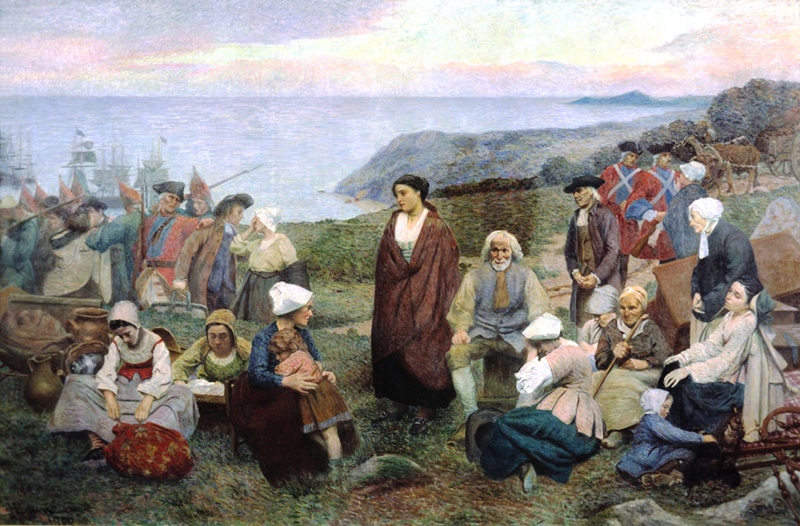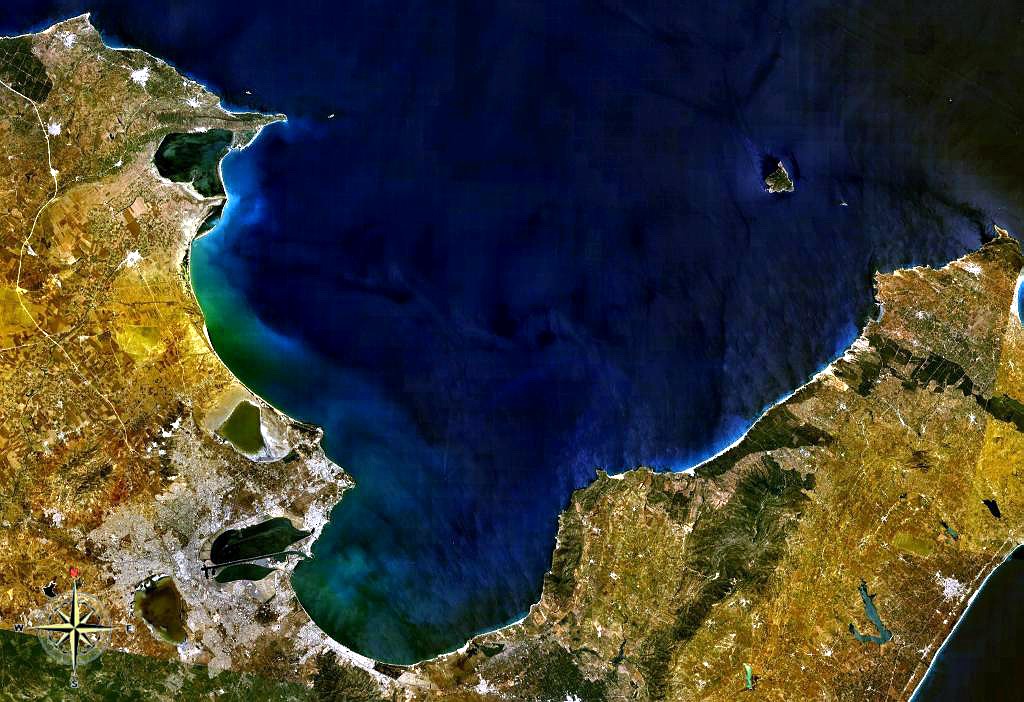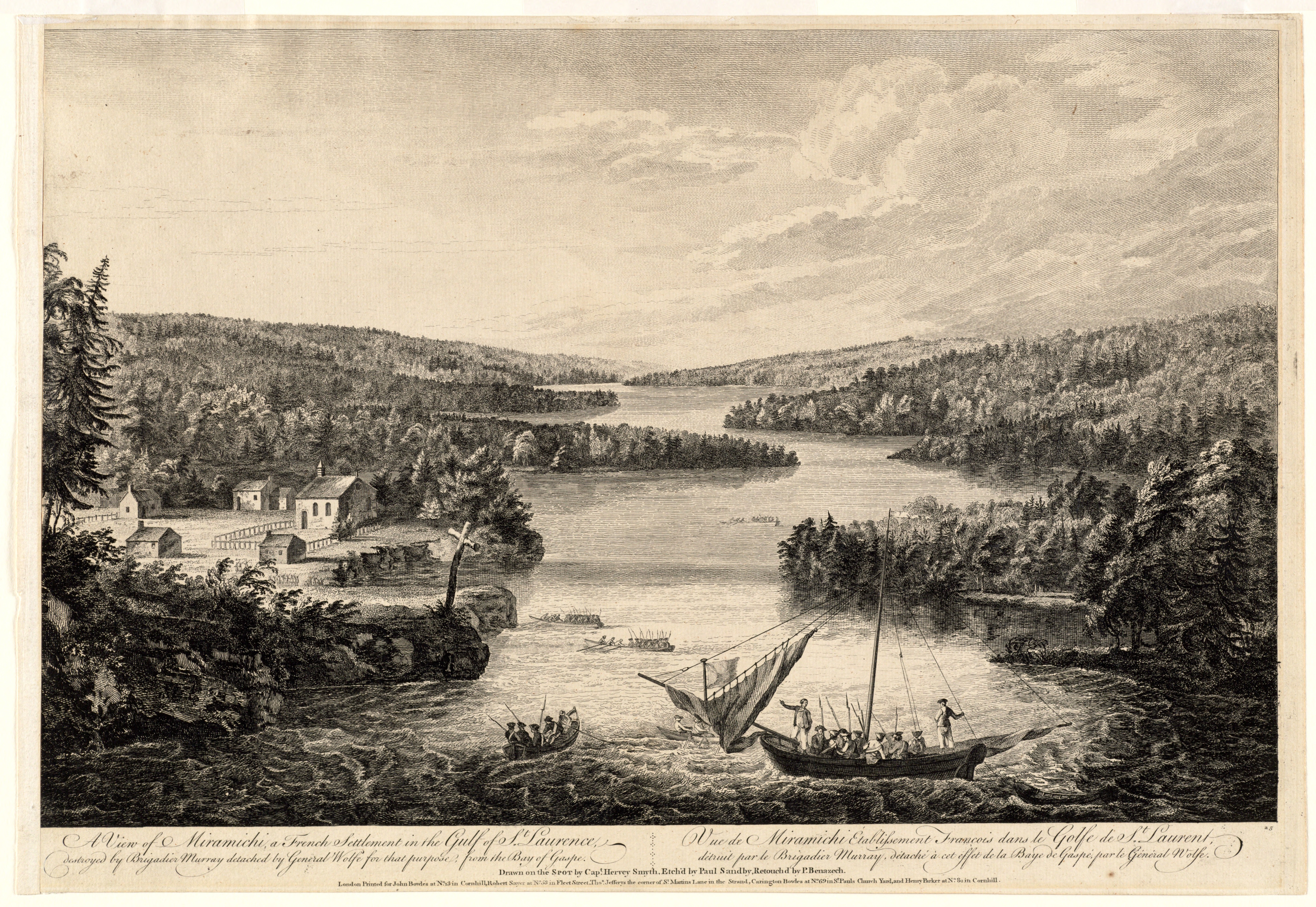|
Miramichi Valley
The Miramichi Valley is a Canadian river valley and region in the east-central part of New Brunswick. It extends along both major branches of the Miramichi River and their tributaries, however it is generally agreed that the much larger Southwest Miramichi River forms the majority of this region as it is more settled than the Northwest Miramichi River. Some communities throughout the valley include (from upriver to downriver): Juniper, Boiestown, Doaktown, Blackville, Red Bank, Sunny Corner, Renous-Quarryville, and the city of Miramichi which is an amalgamation of the former towns of Newcastle and Chatham, as well as the former villages of Nelson-Miramichi, Loggieville and Douglastown. There are three Mi'kmaq reserves within the Miramichi River watershed: Natoaganeg (Eel Ground) First Nation, Esgenoôpetitj (Burnt Church) First Nation, and Metepenagiag (Red Bank) Mi'kmaq Nation. Climate Largely influenced by the continental climate, the Miramichi River valley typ ... [...More Info...] [...Related Items...] OR: [Wikipedia] [Google] [Baidu] |
Miramichi Doaktown
The name "Miramichi" was first applied to a region in the northeast of New Brunswick, Canada, and has since been applied to other places in Canada and the United States. Although other interpretations have been suggested, it is believed that "Miramichi" was derived from the Montagnais words "Maissimeu Assi" (meaning Mi'kmaq Land), and was perhaps introduced for use in European languages by Jacques Cartier in 1535.Rayburn, A. (1975) Geographical Names of New Brunswick. Toponymy Study 2. Surveys and Mapping Branch, Energy Mines and Resources Canada, Ottawa Miramichi is used in the names of many places, including: Settlements Canada ;New Brunswick *Miramichi, New Brunswick, a city in northern New Brunswick **Nelson-Miramichi, New Brunswick, a dissolved community that was merged into Miramichi in a 1995 municipal amalgamation ;New Brunswick electoral districts * Miramichi—Grand Lake, the current federal electoral district *Miramichi, an earlier federal electoral district in New B ... [...More Info...] [...Related Items...] OR: [Wikipedia] [Google] [Baidu] |
Loggieville, New Brunswick
Loggieville is a Canadian suburban neighbourhood in the city of Miramichi, New Brunswick. The community is located at the mouth of the Miramichi River on the southern bank where the river estuary discharges into the bay. Named after the Loggie family who were prominent local merchants, Loggieville was an incorporated village in Northumberland County until municipal amalgamation in 1995. History Originally named Black Brook, the first store opened at Loggieville sometime between 1809 and 1813. It was settled by principally by Scottish and English immigrants, although the community also has some Acadian and Irish inhabitants. The community developed into an important shipping port in the mid-1880s after the Canada Eastern Railway The Canada Eastern Railway, originally known as the Northern and Western Railway, was a railway line operating in New Brunswick, Canada, running from Loggieville (now part of Miramichi), to Devon (opposite Fredericton). The line linked various .. ... [...More Info...] [...Related Items...] OR: [Wikipedia] [Google] [Baidu] |
Picea Mariana
''Picea mariana'', the black spruce, is a North American species of spruce tree in the pine family. It is widespread across Canada, found in all 10 provinces and all 3 territories. It is the official tree of the province of Newfoundland and Labrador and is that province's most numerous tree. The range of the black spruce extends into northern parts of the United States: in Alaska, the Great Lakes region, and the upper Northeast. It is a frequent part of the biome known as taiga or boreal forest.. The Latin specific epithet ''mariana'' means “of the Virgin Mary”. Description ''P. mariana'' is a slow-growing, small upright evergreen coniferous tree (rarely a shrub), having a straight trunk with little taper, a scruffy habit, and a narrow, pointed crown of short, compact, drooping branches with upturned tips. Through much of its range it averages tall with a trunk diameter at maturity, though occasional specimens can reach tall and diameter. The bark is thin, scaly, ... [...More Info...] [...Related Items...] OR: [Wikipedia] [Google] [Baidu] |
Abies Balsamea
''Abies balsamea'' or balsam fir is a North American fir, native to most of eastern and central Canada (Newfoundland west to central Alberta) and the northeastern United States (Minnesota east to Maine, and south in the Appalachian Mountains to West Virginia). Description Balsam fir is a small to medium-size evergreen tree typically tall, occasionally reaching a height of . The narrow conic crown consists of dense, dark-green leaves. The bark on young trees is smooth, grey, and with resin blisters (which tend to spray when ruptured), becoming rough and fissured or scaly on old trees. The leaves are flat and needle-like, long, dark green above often with a small patch of stomata near the tip, and two white stomatal bands below, and a slightly notched tip. They are arranged spirally on the shoot, but with the leaf bases twisted so that the leaves appear to be in two more-or-less horizontal rows on either side of the shoot. The needles become shorter and thicker the higher they ... [...More Info...] [...Related Items...] OR: [Wikipedia] [Google] [Baidu] |
Acadian Forest
The Acadians (french: Acadiens , ) are an ethnic group descended from the French who settled in the New France colony of Acadia during the 17th and 18th centuries. Most Acadians live in the region of Acadia, as it is the region where the descendants of a few Acadians who escaped the Expulsion of the Acadians (aka The Great Upheaval / ''Le Grand Dérangement'') re-settled. Most Acadians in Canada continue to live in majority French-speaking communities, notably those in New Brunswick where Acadians and Francophones are granted autonomy in areas such as education and health. Acadia was one of the 5 regions of New France. Acadia was located in what is now Eastern Canada's Maritime provinces, as well as parts of Quebec and present-day Maine to the Kennebec River. It was ethnically, geographically and administratively different from the other French colonies and the French colony of Canada (modern-day Quebec). As a result, the Acadians developed a distinct history and culture. T ... [...More Info...] [...Related Items...] OR: [Wikipedia] [Google] [Baidu] |
Hardwoods
Hardwood is wood from dicot trees. These are usually found in broad-leaved temperate and tropical forests. In temperate and boreal latitudes they are mostly deciduous, but in tropics and subtropics mostly evergreen. Hardwood (which comes from angiosperm trees) contrasts with softwood (which is from gymnosperm trees). Characteristics Hardwoods are produced by angiosperm trees that reproduce by flowers, and have broad leaves. Many species are deciduous. Those of temperate regions lose their leaves every autumn as temperatures fall and are dormant in the winter, but those of tropical regions may shed their leaves in response to seasonal or sporadic periods of drought. Hardwood from deciduous species, such as oak, normally shows annual growth rings, but these may be absent in some tropical hardwoods. Hardwoods have a more complex structure than softwoods and are often much slower growing as a result. The dominant feature separating "hardwoods" from softwoods is the presence o ... [...More Info...] [...Related Items...] OR: [Wikipedia] [Google] [Baidu] |
Smelt (fish)
Smelts are a family of small fish, the Osmeridae, found in the North Atlantic and North Pacific Oceans, as well as rivers, streams and lakes in Europe, North America and Northeast Asia. They are also known as freshwater smelts or typical smelts to distinguish them from the related Argentinidae (herring smelts or argentines), Bathylagidae (deep-sea smelts), and Retropinnidae (Australian and New Zealand smelts). Some smelt species are common in the North American Great Lakes, and in the lakes and seas of the northern part of Europe, where they run in large Shoaling and schooling, schools along the saltwater coastline during spring migration to their spawning streams. In some western parts of the United States, smelt populations have greatly declined in recent decades, leading to their protection under the Endangered Species Act. The Delta smelt (''Hypomesus transpacificus'') found in the Sacramento Delta of California, and the eulachon (''Thaleichthys pacificus'') found in the Nort ... [...More Info...] [...Related Items...] OR: [Wikipedia] [Google] [Baidu] |
Sea Ice
Sea ice arises as seawater freezes. Because ice is less dense than water, it floats on the ocean's surface (as does fresh water ice, which has an even lower density). Sea ice covers about 7% of the Earth's surface and about 12% of the world's oceans. Much of the world's sea ice is enclosed within the polar ice packs in the Earth's polar regions: the Arctic ice pack of the Arctic Ocean and the Antarctic ice pack of the Southern Ocean. Polar packs undergo a significant yearly cycling in surface extent, a natural process upon which depends the Arctic ecology, including the ocean's ecosystems. Due to the action of winds, currents and temperature fluctuations, sea ice is very dynamic, leading to a wide variety of ice types and features. Sea ice may be contrasted with icebergs, which are chunks of ice shelves or glaciers that calve into the ocean. Depending on location, sea ice expanses may also incorporate icebergs. General features and dynamics Sea ice does not simply grow ... [...More Info...] [...Related Items...] OR: [Wikipedia] [Google] [Baidu] |
Gulf Of St
A gulf is a large inlet from the ocean into the landmass, typically with a narrower opening than a bay, but that is not observable in all geographic areas so named. The term gulf was traditionally used for large highly-indented navigable bodies of salt water that are enclosed by the coastline. Many gulfs are major shipping areas, such as the Persian Gulf, Gulf of Mexico, Gulf of Finland, and Gulf of Aden The Gulf of Aden ( ar, خليج عدن, so, Gacanka Cadmeed 𐒅𐒖𐒐𐒕𐒌 𐒋𐒖𐒆𐒗𐒒) is a deepwater gulf of the Indian Ocean between Yemen to the north, the Arabian Sea to the east, Djibouti to the west, and the Guardafui Chan .... See also * References External links * {{Authority control Bodies of water Coastal and oceanic landforms Coastal geography Oceanographical terminology ... [...More Info...] [...Related Items...] OR: [Wikipedia] [Google] [Baidu] |
Continental Climate
Continental climates often have a significant annual variation in temperature (warm summers and cold winters). They tend to occur in the middle latitudes (40 to 55 north), within large landmasses where prevailing winds blow overland bringing some precipitation, and temperatures are not moderated by oceans. Continental climates occur mostly in the Northern Hemisphere due to the large landmasses found there. Most of northern and northeastern China, eastern and southeastern Europe, Western and north western Iran, central and southeastern Canada, and the central and northeastern United States have this type of climate. Continentality is a measure of the degree to which a region experiences this type of climate. In continental climates, precipitation tends to be moderate in amount, concentrated mostly in the warmer months. Only a few areas—in the mountains of the Pacific Northwest of North America and in Iran, northern Iraq, adjacent Turkey, Afghanistan, Pakistan, and Central Asia ... [...More Info...] [...Related Items...] OR: [Wikipedia] [Google] [Baidu] |
Burnt Church, New Brunswick
''Eskɨnuopitijk'' or ''Esgenoôpetitj'' ( Burnt Church Band or Burnt Church First Nation ) is a Mi'kmaq First Nation band government in New Brunswick, Canada, centred south of the community of Lagacéville (approximately 4.5 km) and southwest of the village of Neguac (approximately 7 km) on Miramichi Bay. It covers two Indian reserves in Northumberland County ( Esgenoôpetitj 14, previously Burnt Church 14, and Tabusintac 9) and two reserves in Gloucester County ( Pokemouche 13) ( Pabineau). The population was 1,715 as of 2011. The Mi'kmaq call Burnt Church ''Esgenoôpetitj'', which means "a lookout". History The lands at Burnt Church have long been occupied by First Nations peoples, long before European colonizers first plundered the Atlantic Coast of Canada. As William Francis Ganong notes, ''"a map by Sieur I'Hermitte, ... shows there was a village here in 1727."'' [...More Info...] [...Related Items...] OR: [Wikipedia] [Google] [Baidu] |





